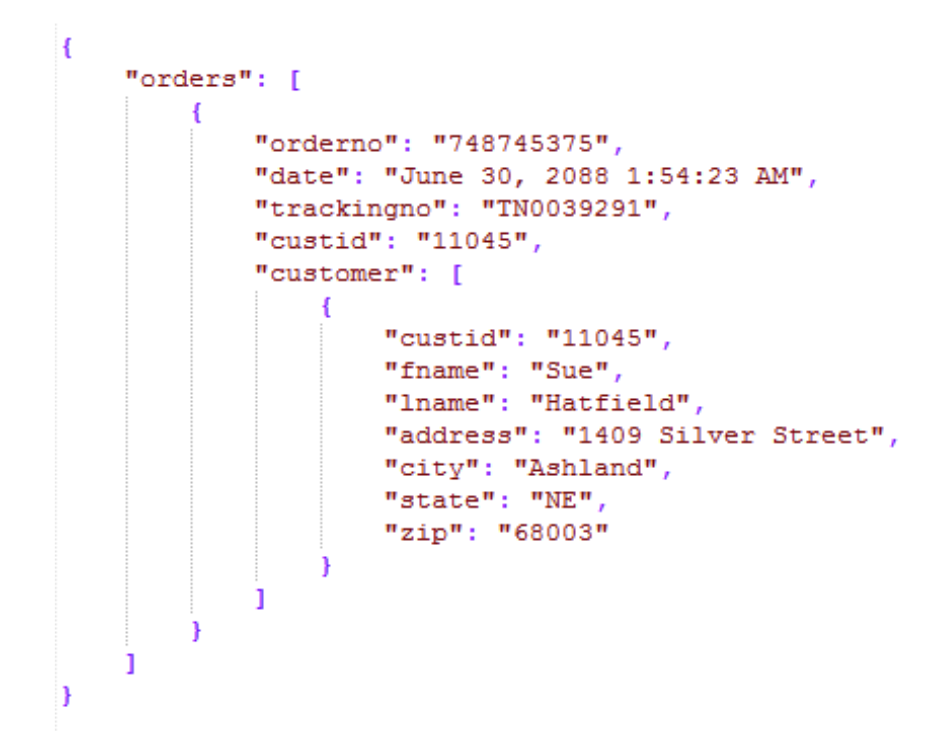The word “Prompt” has become part of the daily vocabulary of thousands of users and professionals. This word means “quick” or “immediate”, although it can also be used as a verb to convey the action of encouraging, stimulating, or promoting.
With the consolidation of Artificial Intelligence tools, however, the concept has broadened to refer to the instructions used when interacting with an AI. These Prompts are designed to provoke a specific action or response from the platform and are often expressed as text messages. However, they can also be visual or auditory stimuli, in which case the instructions are generated from a reference image or a voice command.
Although these interfaces are capable of understanding and responding to a wide variety of requests, the quality of the Prompt used is key to obtaining more or less relevant responses depending on the situation. Therefore, in this article, we analyze in which cases we can rely on AI in the UX sector and how to communicate with it in the most effective way possible.
The use of AI in the UX field
Artificial Intelligence tools are a great resource for the daily work of UX teams, which can benefit from their automation and data processing capabilities in practically all phases of a project. Some of their most interesting applications include:
- Idea generation, by proposing alternative solutions adapted to the presented needs.
- Market and competitor analysis, thanks to their ability to synthesize large volumes of information and detect patterns in similar products.
- User research, through the analysis of results obtained in surveys and interviews, or with the creation of Personas and user journeys.
- Prototyping and interface design, by transforming sketches into interactive interfaces.
- Content writing and proofreading, by proposing messages aligned with the brand’s tone and identifying grammatical or semantic issues.
- Usability and accessibility testing, by simulating user tests and A/B testing.
Characteristics of a Good Prompt in UX
There is no one-size-fits-all solution for what constitutes a good Prompt at any given time. These instructions can be formulated in countless ways, and in general, the system is capable of understanding and responding to all of them. Even so, there are some strategies to adapt the interaction with language models to achieve better results.
1. Apply the 6W Rule
The 6W’s refer to the six key questions (Who, What, When, Where, Why, How) that are recommended to understand a problem or need in a global way. This strategy allows the request to be narrowed down and made more precise by including the following data as part of the Prompt:
- Who: define the user or audience.
- What: describe the objective or task to be completed.
- When: indicate a specific moment in the project or workflow.
- Where: specify the environment, platform, or design involved.
- Why: explain the reason or motivation behind the request.
- How: provide more information about the project specifications, including details about the tone, approach, or corporate strategy it fits into.
An application of the 6W’s in a good Prompt for idea generation in UX would be the following:
“Give me 5 ideas to improve a language-learning app (what) aimed at adults with work responsibilities and little time (who). The goal is to differentiate it from a well-known and established competitor in the sector (why), so I’m looking for features that can be developed and implemented in a maximum of eight weeks (when). The improvements will be applied directly to the smartphone app (where). In each case, indicate the resources needed to carry it out, its impact on conversion, and its influence on user experience (how).”

Source: Medium
2. Provide examples, references and constraints
Explaining a concept or approach can sometimes be tricky, but the task becomes easier if there is an example to compare it to. A good Prompt can mention an external product, brand, or company, specifying which aspects are interesting and can be adapted to solve the current request.
Another method to offer a frame of reference to AI tools is to assign them a role, which guides them toward a specific way of thinking. It is also useful to establish certain constraints, which may range from the desired tone (friendly, technical, persuasive…) to the length of the result (advertising message, social media copy, SEO-focused…), the type and date of the resources to analyze (national or international studies, from the year 2024 onward…), or the words and ideas to avoid (non-inclusive language, anglicisms…), for example.
A good Prompt that offers examples, references, and constraints in prototyping and interface design tasks is:
“You are a UX designer who wants to launch a new mental health care app for young and adult users in Spain. Create an interactive wireframe using the warm and friendly design of the Headspace app, but the typography and image style of the Petit BamBou app. Create three proposals including the ‘Home’, ‘Meditations’, and ‘User Profile’ screens. Include a maximum of 2 CTAs per screen and limit text blocks to a maximum of 160 characters.”
3. Break down the problem into smaller tasks
Just as companies divide projects into a sequence of tasks, Artificial Intelligence tools deliver better results when analyzing smaller problems or requests. A good Prompt should take into account the existence of several steps, opting for clarity and conciseness throughout a sequence of queries.
An example applied to market and user research would pose the following Prompts, allowing the AI tool to respond between one query and the next:
“First, identify which food delivery platforms are the most used in Spain and the profile of their users.”
“Next, analyze what factors influence users’ decisions to choose each of them (price, delivery speed, variety, promotions…).”
“Now create a SWOT analysis with the weaknesses, threats, strengths, and opportunities of each of these platforms.”
“Based on the previous information, investigate the complaints users express in reviews on Google Play, App Store, forums, and social media.”
“Finally, propose ideas and new features to improve their user experience.”

Source: Simplify Create Inspire
4. Take care with structure
A well-organized Prompt, with ideas clearly ordered and structured, makes it easier for the AI to process the information correctly and generate relevant results. It is recommended to format the text using numbered or bullet lists, bolding the main ideas, and including keywords.
It’s also important to avoid ambiguous words like “thing” or “topic” and overly generic requests such as “analyze the website sector.” The verbs used should indicate a specific action like “generate,” “analyze,” or “compare”, and be complemented by line breaks, paragraph breaks, and subheadings to distinguish sections or topics.
A well-structured prompt for writing and editing tasks might be:
“Review this error message from an online clothing store:
- Context: it’s a pop-up that appears on the product page when the user tries to add it to the cart but a system error prevents the action.
- Current text: the product could not be added to the cart, please try again later.
- Goal: generate a clearer and more user-friendly error message.
- Constraints: the UI component allows a maximum of 100 characters.”
5. Define the output format
Finally, the Prompt used to interact with an Artificial Intelligence should be specific regarding the desired output format. This instruction allows the information to be obtained more efficiently and in a personalized way, reducing the need for later adjustments and facilitating the generation of files adapted to their environment or final use.
The desired output format may be plain text, but also formatted text, with emojis or SEO optimization, a table, an image, a graph, or even an HTML, CSS, or JSON code file, among many other options. It’s also worth mentioning the level of detail and length of the response, allowing the system to generate more concise or in-depth results.
A good Prompt for conducting usability and accessibility testing that defines the output format would be:
“Analyze the usability problems of the registration form in the Buddyfit sports app. Present the results in a table with 4 columns, indicating the following (from left to right): Detected issue, impact level, affected user type, and suggested improvement.”

Source: TapClicks
Artificial Intelligence tools can be extremely useful in a company’s day-to-day tasks, but it’s essential to understand which Prompts generate responses that are relevant to the business. At GammaUX, we have a team that stays constantly up to date on new technologies and will be happy to advise you based on your specific case. Don’t hesitate to contact us!


